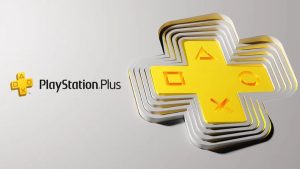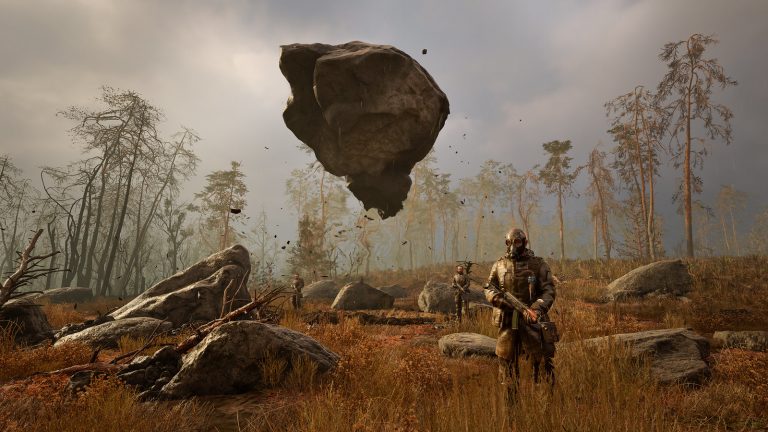Editor’s note: This post is part of Into the Omniverse, a series focused on how artists, developers and enterprises can transform their workflows using the latest advances in OpenUSD and NVIDIA Omniverse.
In 3D art and design, efficient workflows are essential for quickly bringing creative visions to life.
Universal Scene Description, aka OpenUSD, is a framework that enhances these workflows by providing a unified, extensible ecosystem for describing, composing, simulating and collaborating within 3D worlds. OpenUSD is a key technology in Autodesk’s suite of products and solutions, across media and entertainment; architecture, engineering and construction; and product design and manufacturing.
Unveiled at the AU 2023 conference this week, the latest OpenUSD updates to Autodesk Maya enable artists and technical professionals to create and manipulate OpenUSD assets with greater control and efficiency, while also ensuring more efficient and accurate 3D workflows.
Bridging the Digital and Real Worlds With Maya and OpenUSD
Many creators are using Maya and OpenUSD to propel their 3D workflows.
Karol Osinski is a 3D artist at S20M, an architectural and design firm that specializes in tackling unique, bold and elegant projects. When it comes to creating architectural visualizations, Osinski says the biggest challenge is matching the digital world to the real one.
Using USD and creative tools such as Maya, SideFX Houdini and Epic Games’ Unreal Engine, Osinski creates high-quality visuals for clients while accelerating his architectural workflows.
Osinski’s panoramic view from the 20th floor terrace in the Upper East Side
“OpenUSD provides the possibility of bridging different tools like never before,” said Osinski. “I love how accessible USD is for first-time users and how it opens opportunities to make designs very complex.”
“Sir Wade” Neistadt, an animator and YouTube creator, aims to make animation and 3D education more accessible through his video tutorials and industry training. The first step of his unique animation workflow is to act out his animations on camera. He then translates them in Maya to begin his animation work before using USD to export them to other 3D software, including Blender, for finishing touches.
The making of Sir Wade’s VFX robot animation
3D artists at NVIDIA are also experiencing the power of Maya and OpenUSD. Technical specialist Lee Fraser led the “Ferret-Tale Project” to showcase character creation and animation workflows enabled by OpenUSD and generative AI.
To create the demo, Fraser and his team collaborated across 3D applications like Blender, Autodesk Maya and Reallusion Character Creator through OpenUSD Connectors. This allowed them to reduce the data prep and import and export time that’s usually required when working with multiple data sources.
“My favorite thing about using OpenUSD is not having to think about where the 3D files I use originated from,” Fraser said. “It was also easy to use USD layers to experiment with applying different animation clips with different characters.”
Members of the creative community joined a recent livestream to share their workflows using Autodesk tools, OpenUSD and NVIDIA Omniverse, a development platform for connecting and building OpenUSD-based tools and applications.
Whether adjusting lighting conditions in an environment or looking at building designs from the street view, designers in architecture, engineering, construction and operations are advancing their work with AI. Learn more by watching the replay:
Shaping the Future of 3D With More Efficient Workflows
AU 2023 attendees experienced how Autodesk is enhancing Maya with its new OpenUSD plug-in to provide additional practical workflows for various production processes. The software’s latest features include:
Simplified asset sharing: Designers can now use relative paths when creating OpenUSD stages, allowing for easy asset sharing between different systems. This includes support for sublayers, references, payloads and textures.
Enhanced control: Plug-in developers and technical directors can overwrite the default prim writers in Maya USD to gain complete control over their OpenUSD exports.
Plus, Autodesk introduced impressive capabilities to LookdevX in Maya, a look-development tool that lets users create OpenUSD shade graphs and custom materials in Maya. These new features include:
Streamlined shader creation: Users can employ a unified shader workflow, replacing the need for multiple shaders. They can select their desired shader type within the parameters panel, with intuitive error messages guiding them to the correct selection.
Efficient operations: Creators can copy, paste and duplicate shaders and materials using the Outliner and LookdevX tool sets, with the option to include or exclude connections.
Seamless color management: LookdevX in Maya integrates with color managers in other digital content creation apps to ensure accurate color representation. Color management data is precisely embedded in USD files for accurate reading.
Advanced graphing: Users can explore advanced graphing options with the integrated component workflow, supporting multichannel Extended Dynamic Range (EXR) workflows within USD, MaterialX or Arnold shading graphs.
Efficient troubleshooting: Solo nodes enable faster look-development workflows and efficient graph troubleshooting. Users can inspect renders of upstream nodes, supporting both Autodesk Arnold and MaterialX graphs, including materials, shaders and compounds.
Access to default prim options in Maya UI
Get Plugged Into the World of OpenUSD
Anyone can build their own Omniverse extension or Connector to enhance their 3D workflows and tools. Explore the Omniverse ecosystem’s growing catalog of connections, extensions, foundation applications and third-party tools.
Autodesk and NVIDIA are founding members of the Alliance for OpenUSD (AOUSD), together strengthening an open future with USD. To learn more, explore the AOUSD forum and check out resources on OpenUSD.
Share your Autodesk Maya and Omniverse work through November as part of the #SeasonalArtChallenge. Use the hashtag to submit an autumn harvest-themed scene for a chance to be featured on the @NVIDIAStudio and @NVIDIAOmniverse social channels.
Get started with NVIDIA Omniverse by downloading the standard license free, or learn how Omniverse Enterprise can connect your team.
Developers can check out these Omniverse resources to begin building on the platform.
Stay up to date on the platform by subscribing to the newsletter and following NVIDIA Omniverse on Instagram, LinkedIn, Medium, Threads and Twitter.
For more, check out our forums, Discord server, Twitch and YouTube channels..












